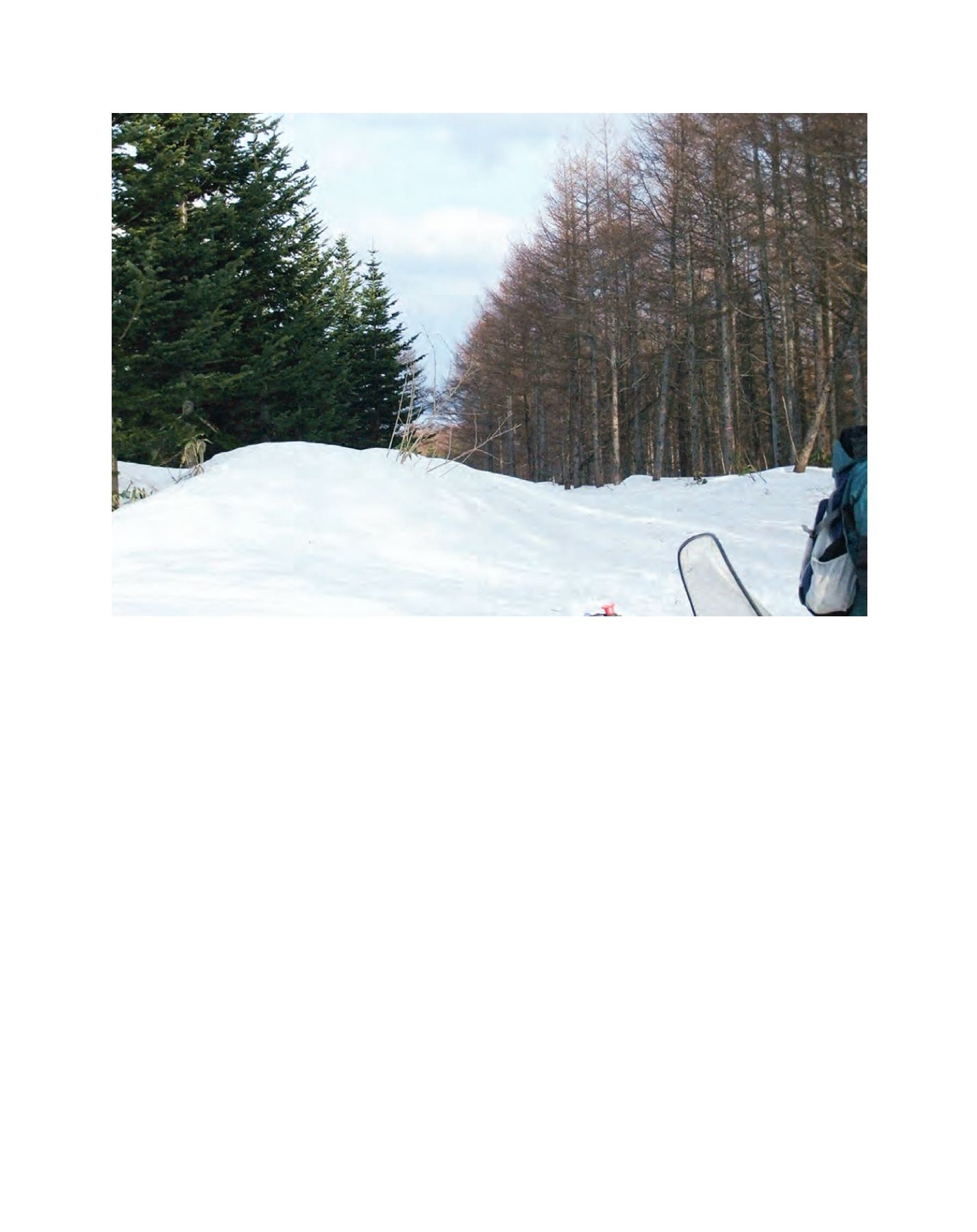

[
] 157
Separation and Labeling System. Through the use of the system,
Sumitomo Forestry intends to cooperate with local businesses and
suppliers in making SGEC-certified timber into final products,
promoting them and using them for the homes we build.
Sumitomo Forestry’s Housing Division only uses timber from
Hokkaido for the structural members of the homes it supplies in
Hokkaido. SGEC-certified timber is specified for use in certain
parts, including posts. We intend to increase the use of SGEC-
certified timber as we know our customers are happy with it.
Other businesses involved in this endeavour are also trying
to distribute more SGEC products in the market themselves.
Processing companies, both large and small, and local medium-
sized home builders have joined the efforts to promote the
forestry products coming from the areas controlled by SGEC.
As was the case in Europe in the past, the challenge we are
facing is the fact that Japanese consumers are slow to accept
the costs associated with the value they can get from forest
certification. They are willing to choose certified products, but
do not want to pay higher prices for them. Elsewhere in the
world, consumers appear to have started paying for the value
they now recognize. This trend appears to have started when
governments and other public organizations began to use forest-
certified products.
In Japan, one suggestion is to start working on the Government
sector. The mandatory use of SGEC products for the construction
of public buildings and facilities would ensure increased produc-
tion, which would, in turn, make the prices more agreeable and
the value more widely accepted. Furthermore, it
would help eliminate the use of illegally harvested
products, domestic or otherwise.
Sumitomo Forestry will continue to strive to
become a model case in Japan’s forestry industry
through its practice of sustainable forest manage-
ment and SGEC certification. As part of this process,
we urge Japanese private forest owners to start prac-
tising small-bloc clear-cutting to ensure proper tree
age distribution and diversification of Japan’s timber-
lands.
Replanting after clear-cutting is essential to Japan’s
forest lands because natural reforestation cannot be
expected, due to climatic and topographic condi-
tions. Sumitomo Forestry will build on its work in
the field of low-cost timberland regeneration, provid-
ing high-quality nursery stocks to forest owners for
post-harvest reforestation purposes.
There is no doubt that forest certification revital-
izes local economies. Efforts should be made toward
mandatory inclusion of building materials from certi-
fied forests in bidding proposals for the construction
of public buildings and facilities. We believe that this
approach should be incorporated into the legal frame-
work as part of the Act for Promotion of Use of Wood
in Public Buildings, which came into effect in Japan
in 2010.
Left side: Planted Todomatsu (fir) forest, Right side: Planted Karamatsu (Japanese larch) forest, a company owned forest
Source: Sumitomo Forestry
















